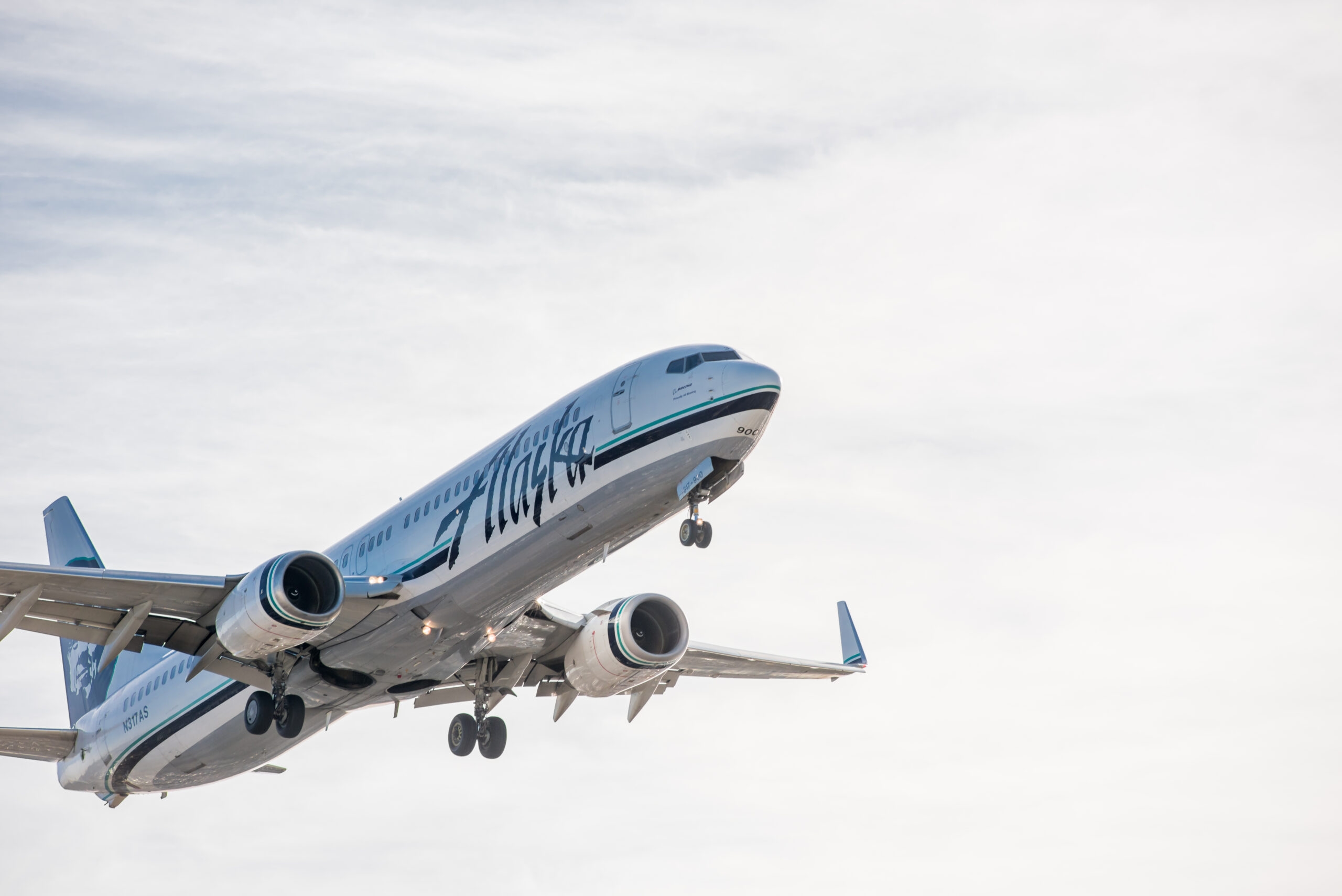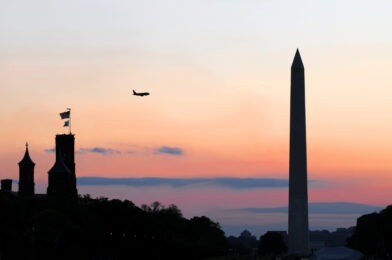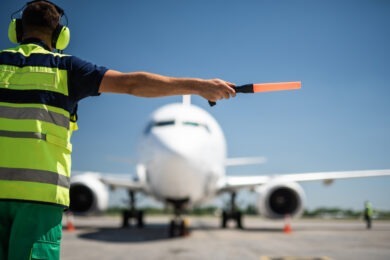An expert offers a perspective on the relative risk of air travel today
Five days into the new year, Alaska Airlines Flight 1282 departing from Portland International Airport (PDX) was forced to make an emergency landing after a door plug ejected from the plane minutes after takeoff. This caused the cabin to depressurize, and the cockpit door to be briefly thrown open at 16,000 feet. Flight 1282 was able to return to Portland International Airport. There were no major injuries reported among the 171 passengers and six crew members onboard.
Flight safety has been an ongoing discussion as more and more travelers have been returning to airports since the pandemic. To seek out answers regarding the status of safety in our friendly skies, Smart Meetings chatted with Sheldon H. Jacobson, Ph.D., professor of computer science at the University of Illinois.
Jacobson has done extensive research in aviation security analytics, as well as multilevel aviation security passenger screenings which helped creating the building blocks for TSA Precheck.
Smart Meetings: Do the numbers show that flying has become more dangerous or are there just more stories about it?
Sheldon H. Jacobson: Flying certainly has its risks. There are more airplanes. Air Traffic Control has been stretched. The system is constantly challenged. Yet the data suggests that air travel is safer than ever. Social media amplifies every pixel of risk, making them appear larger than they may actually be.
SM: What are the percentages of flights that have problems?
SJ: Depends on how you define “problems.” Mechanical delays and cancellations occur every day, at a low rate (low single digits percentage). Checklists of issues that are examined by flight crews and maintenance set a high bar for keeping every trip safe. Even a simple light bulb that needs changing can delay a flight. Such attention to detail contributes to making air travel safe.
SM: Should we be looking up the type of aircraft before we fly?
SJ: You certainly can. Yet what will it provide? Avoiding a particular type of aircraft will cause you more inconvenience than it is worth.
SM: What should we say to potential attendees about the safety of flying?
SJ: Enjoy your flight. Listen to the crew announcements about safety. Flight attendants may be providing you with refreshments, but their real role is your safety and being available in the very unlikely chance that an emergency happens.
SM: What be done to strengthen trust?
SJ: Transparency engenders trust. For example, [airlines could] communicate their maintenance protocols in a simple and understandable way. Communication is critical.
Read More: Meetings MBA: Trust Each Other
SM: What government oversight is in place now and does it need to be expanded?
SJ: The checks-and-balances in place are quite rigorous. All stakeholders have a vested interest in keeping everyone safe. Continual improvement is achieved via vigilance by everyone and cooperation amongst all stakeholders.
SM: How often are airlines required to do safety checks on airplane equipment?
SJ: Safety checks are constantly being done, as per manufacturer specifics and airlines/FAA standards. Airplanes are being rebuilt every few years, to ensure that your flight will be safe. Remember, the flight crew wants to be safe themselves. They have a vested interest in the process.
See thepointsguy.com for a summary of what AA does.




